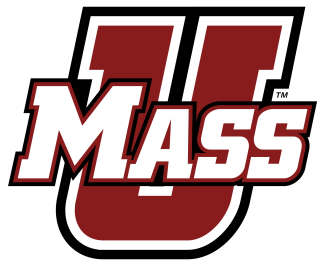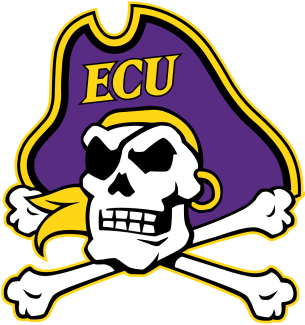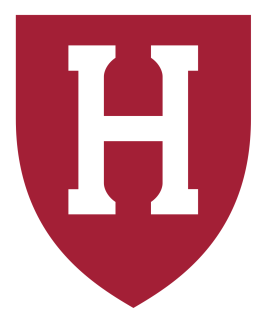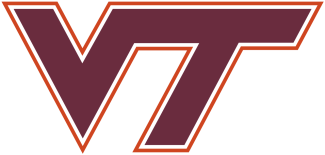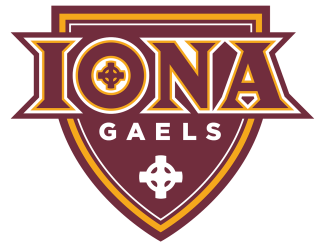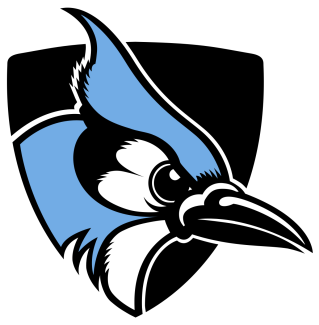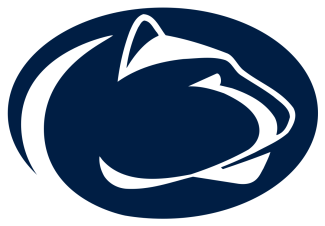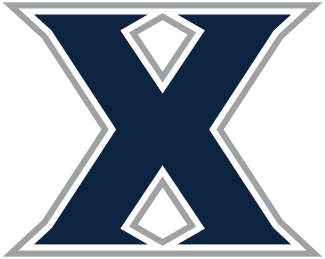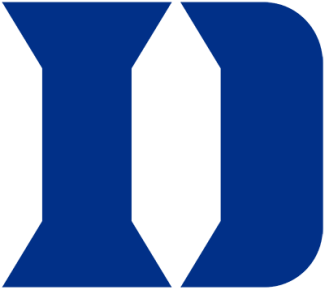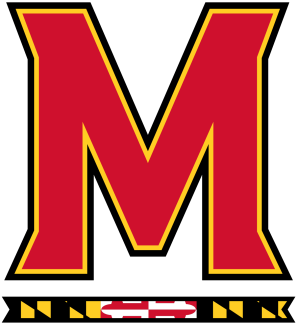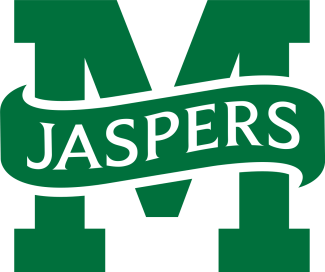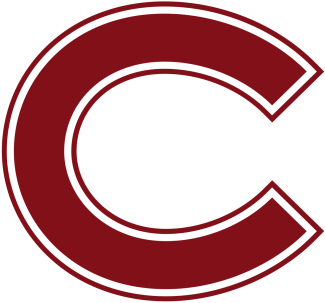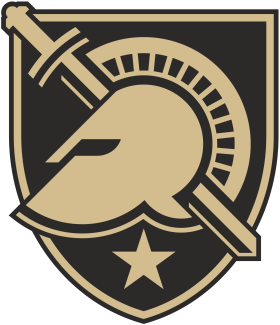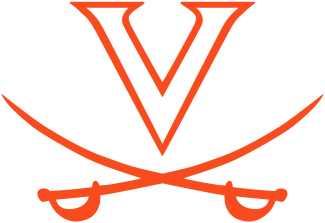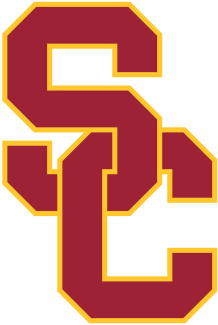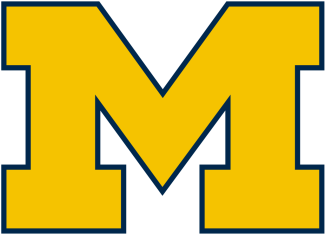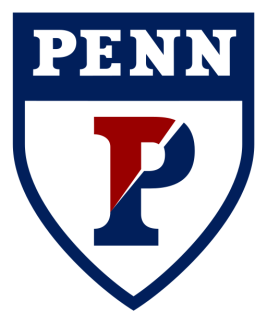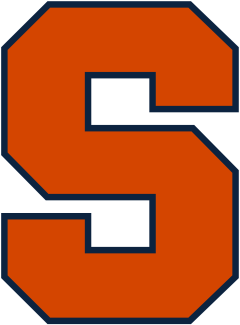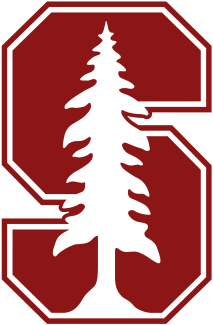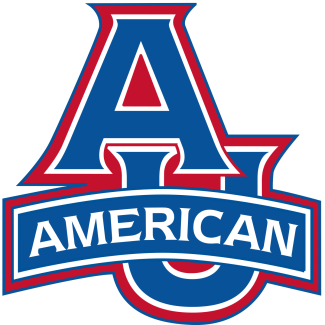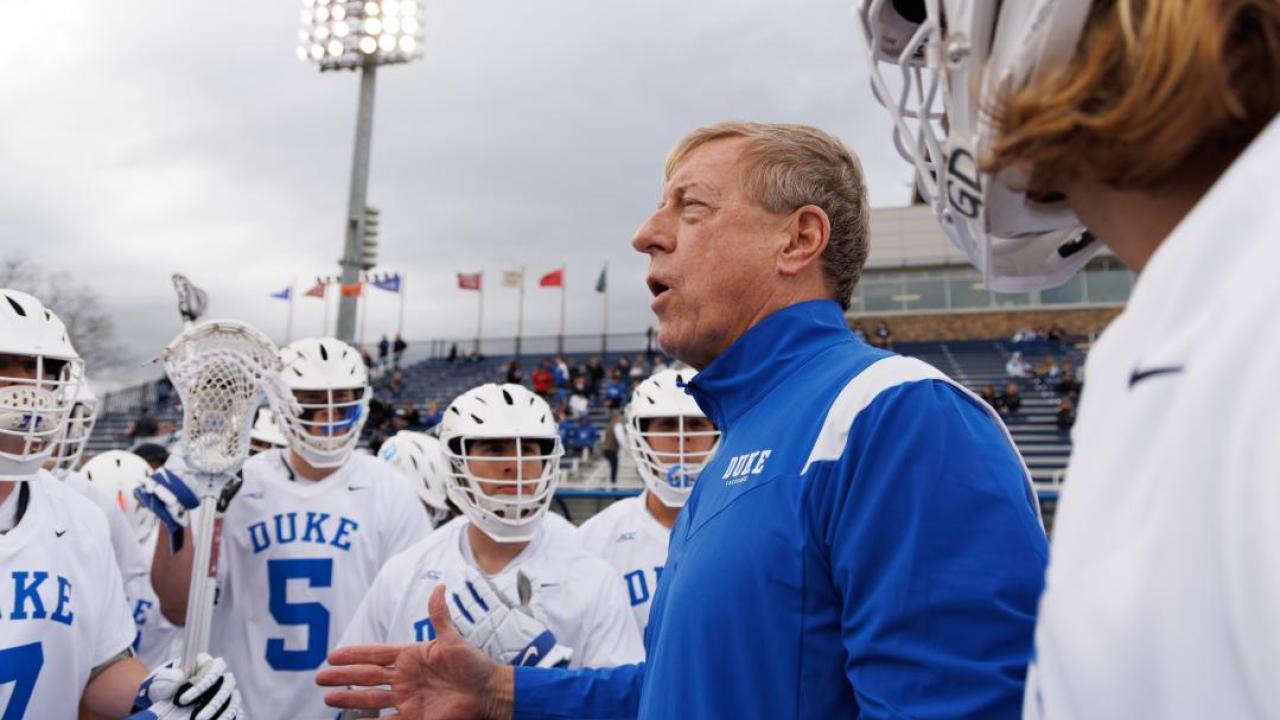S is for Connor Shellenberger, the two-time Tewaaraton finalist who battled injuries throughout a largely inconsistent season. But forget the ups and downs of a year that included missing a game last month at North Carolina. Shellenberger is coming off a six-goal, four-assist blitz against Georgetown that saw him tie Virginia’s single-game postseason records for goals (which he already shared) and points. With 27 goals and 51 assists, he is the man orchestrating an attack that includes a pair of 50-goal scorers (Xander Dickson and Payton Cormier).
T is for the Traynor brothers, key pieces in Penn State’s offense. Jack, a fifth-year attackman, played in the 2019 semifinals against Yale and after a pair of injury-plagued seasons has delivered 31 goals and 16 assists. Matt, a sophomore, has enjoyed a breakout season, dropping 30 goals while emerging as one of the Big Ten’s (and Division I’s) best midfielders.
U is for uninvited, which describes how three of this year’s semifinalists felt last year on Selection Sunday. While Penn State (3-11) wasn’t eligible to be in the tournament thanks to a sub-.500 record, both Duke and Notre Dame were the most surprising exclusions in recent seasons. All three will attempt to join 1983 and 2008 Syracuse and 2012 Loyola as teams to win a title the year after missing the postseason.
V is for Virginia. The second-seeded Cavaliers (13-3) will participate in the NCAA semifinals for the 25th time (fourth-most all-time) and in the championship weekend format adopted in 1986 for the 18th time (tied with Maryland for the second most, behind only Syracuse). Virginia turned back Richmond and Georgetown to make it to the semis for the third time in four tournaments. The Cavaliers have played in 11 finals, winning an NCAA title on seven occasions (1972, 1999, 2003, 2006, 2011, 2019 and 2021).
W is for Dyson Williams, the Duke senior attackman who is three goals away from authoring the seventh 60-goal season in Blue Devils history. Williams, who had hat tricks against both Delaware and Michigan to open the tournament, could join Zack Greer (2007-08), Max Quinzani (2008 and 2010), Jordan Wolf (2014) and Justin Guterding (2018) in that select company this weekend.
X is for the X, or the dot, or whatever you want to call it. As ever, it bears monitoring as a potential bellwether for success. Duke ranks fifth in the country with a .609 faceoff percentage, while Virginia is 21st at .548. Both are far ahead of the other two teams, which come into the weekend under .500 on the season. Penn State (.462) ranks 51st, while Notre Dame (.455) is 56th among 75 Division I teams.
Y is for Yale, the original college home of a pair of impact transfers for Notre Dame. Defenseman Chris Fake started on a pair of final four teams while in New Haven, including a national title team as a freshman in 2018, and unsurprisingly was a valuable shut-down addition for the Irish as a graduate student. Joining him is do-everything midfielder Brian Tevlin, who takes shifts on offense, defense, faceoff wings and on man-down (the latter with a pole) and was also a key cog in Yale’s recent success.
Z is for Evan Zinn, part of Virginia’s lethal transition game as a defensive midfielder. Zinn, who began his career at Johns Hopkins and is in his second season with the Cavaliers, has nine goals and six assists on the year and has scored in five of Virginia’s last seven games. Between him, Noah Chizmar (eight goals, two assists) and Grayson Sallade (two goals, six assists), the Cavaliers are likely to generate some offense from their short sticks.

